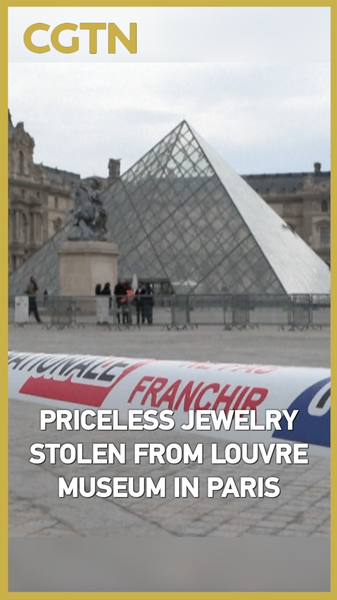On a quiet Sunday night, a group of thieves armed with power tools cut through the Apollo Gallery windows of the Louvre, France’s crown jewel of art collection. They made off with royal tiaras along with sapphires and emerald necklaces, leaving behind a trail of questions: how secure is one of the world’s largest museums?
Spanning 73,000 square meters and housing roughly 35,000 works of art, the Louvre attracts millions of visitors each year. Yet this bold break-in has reignited concerns about strained security resources. Labor unions at the museum have warned for months about staff cuts that left critical guard positions unfilled—voicing alarms that now echo louder than ever.
The story isn’t new. In 1998, then-director Pierre Rosenberg sounded the alarm after a Camille Corot painting vanished in broad daylight. Fast forward to 2021, incoming director Laurence des Cars commissioned a full security audit by the Paris police. Culture Minister Rachida Dati confirmed that recommendations were made "a few weeks, a few months ago," and are only now being rolled out.
During this latest incident, alarms at the Apollo Gallery windows did go off. Five guards on duty triggered the museum’s protocol in seconds—yet the thieves managed a "fast and brutal break-in," according to a ministry statement, and escaped before police arrived. Miraculously, no one was hurt.
In an era of AI surveillance and machine-learning analytics, museums around the world are racing to modernize. But high-tech tools can only go so far when budgets tighten and staffing falls short. The Louvre raid exposes a universal challenge: securing priceless heritage in a world of evolving threats—and doing so without sacrificing public access.
As Paris reviews its systems and global institutions take note, one question lingers: can culture withstand the cracks in its protection?
Reference(s):
cgtn.com



